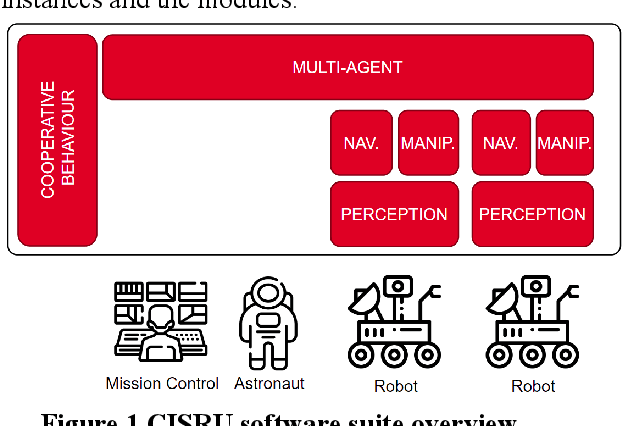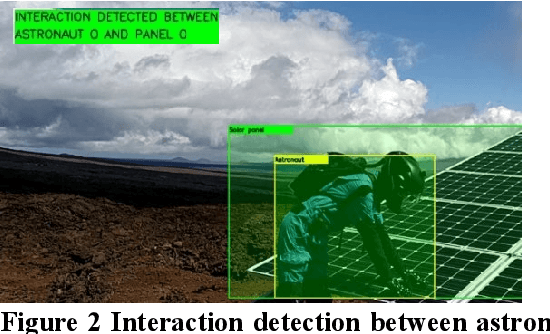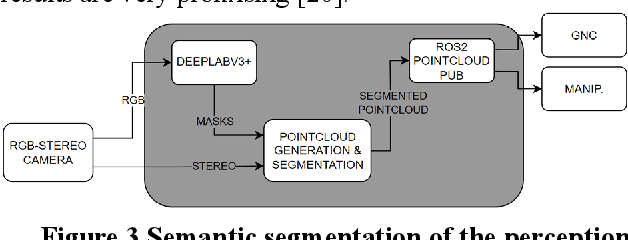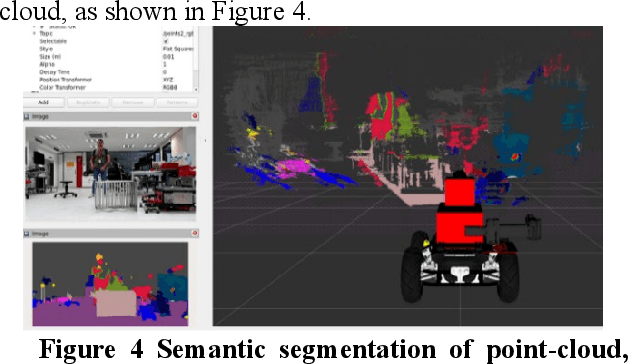Fernando Gandía
Modularity for lunar exploration: European Moon Rover System Pre-Phase A Design and Field Test Campaign Results
Nov 06, 2023Abstract:The European Moon Rover System (EMRS) Pre-Phase A activity is part of the European Exploration Envelope Programme (E3P) that seeks to develop a versatile surface mobility solution for future lunar missions. These missions include: the Polar Explorer (PE), In-Situ Resource Utilization (ISRU), and Astrophysics Lunar Observatory (ALO) and Lunar Geological Exploration Mission (LGEM). Therefore, designing a multipurpose rover that can serve these missions is crucial. The rover needs to be compatible with three different mission scenarios, each with an independent payload, making flexibility the key driver. This study focuses on modularity in the rover's locomotion solution and autonomous on-board system. Moreover, the proposed EMRS solution has been tested at an analogue facility to prove the modular mobility concept. The tests involved the rover's mobility in a lunar soil simulant testbed and different locomotion modes in a rocky and uneven terrain, as well as robustness against obstacles and excavation of lunar regolith. As a result, the EMRS project has developed a multipurpose modular rover concept, with power, thermal control, insulation, and dust protection systems designed for further phases. This paper highlights the potential of the EMRS system for lunar exploration and the importance of modularity in rover design.
Enabling In-Situ Resources Utilisation by leveraging collaborative robotics and astronaut-robot interaction
Nov 06, 2023



Abstract:Space exploration and establishing human presence on other planets demand advanced technology and effective collaboration between robots and astronauts. Efficient space resource utilization is also vital for extraterrestrial settlements. The Collaborative In-Situ Resources Utilisation (CISRU) project has developed a software suite comprising five key modules. The first module manages multi-agent autonomy, facilitating communication between agents and mission control. The second focuses on environment perception, employing AI algorithms for tasks like environment segmentation and object pose estimation. The third module ensures safe navigation, covering obstacle avoidance, social navigation with astronauts, and cooperation among robots. The fourth module addresses manipulation functions, including multi-tool capabilities and tool-changer design for diverse tasks in In-Situ Resources Utilization (ISRU) scenarios. Finally, the fifth module controls cooperative behaviour, incorporating astronaut commands, Mixed Reality interfaces, map fusion, task supervision, and error control. The suite was tested using an astronaut-rover interaction dataset in a planetary environment and GMV SPoT analogue environments. Results demonstrate the advantages of E4 autonomy and AI in space systems, benefiting astronaut-robot collaboration. This paper details CISRU's development, field test preparation, and analysis, highlighting its potential to revolutionize planetary exploration through AI-powered technology.
 Add to Chrome
Add to Chrome Add to Firefox
Add to Firefox Add to Edge
Add to Edge